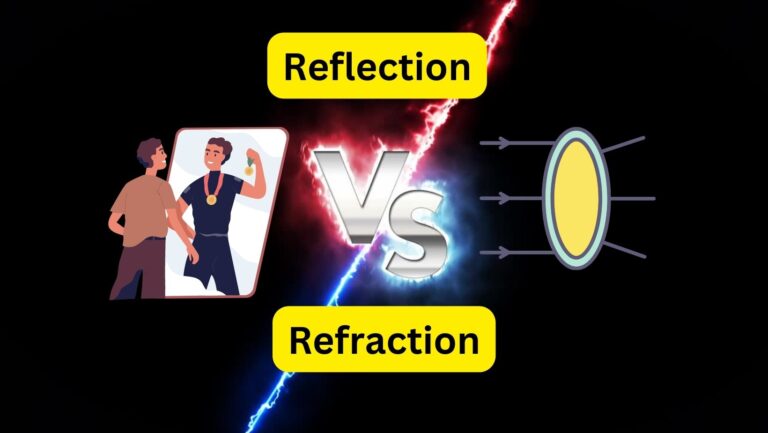
Meteorology is the scientific study of weather and the atmosphere. Dew point and humidity can be viewed in their simplest meaning. This is simply the amount of water vapor in the atmosphere. Let’s check below what is the difference between dew point and humidity.
What is the Difference between Dew Point and Humidity
“Dew point” can also be called “dew temperature” or “vapor density” and is a measure of humidity in the atmosphere in degrees Celsius.
The dew point, which is expressed in degrees Celsius or Fahrenheit, can also be considered a temperature at which air must be cooled or water vapor must condense to attain saturation. It is also referred to as a saturation temperature, or a saturation point.
Water vapor will condense to the point where it reaches the “dew point”. Condensed water is known as “dew” if it occurs in cold environments.
Humidity, on the other hand is the amount or moisture in the atmosphere or air. There are three types of humidity: absolute humidity, relative humidity and specific humidity. In many cases, relative humidity is expressed only as “humidity”. It is often compared to the dew point temperature. All forms of humidity can be expressed in percentages.
The humidity and dew point are directly related as they both use different methods to measure water vapour. They also have a common relationship to another element, the air temperature. The humidity affects the temperature of the air and influences the temperature.
Since the dawn of time, weather forecasts have included humidity. Our friendly weatherperson informs us about the weather conditions and current temperatures at the start of every weather forecast. The dew point has replaced the relative humidity over the past few decades. But how does the dew point relate to relative humidity?
The dewpoint is the temperature at which air must cool to reach 100% relative humidity or become fully saturated. Water vapor in the air will condense once it reaches below its dewpoint. The relative humidity will go up and down during the day like a rollercoaster. At night, the relative humidity will raise as the temperature of the air approaches the dewpoint. During the day, the relative humidity will drop as the temperature of the air warms more rapidly.
Although the dew point is more abstract than relative humidity, it is still an effective way to determine how much moisture is in the air. It is the same regardless of how hot or cold outside. It doesn’t matter if the temperature outside is 60degF, 100degF, or 40degF. This consistency allows us index the dew points to comfort levels. It gives us an easy way to determine how hot or cool it is outside.






